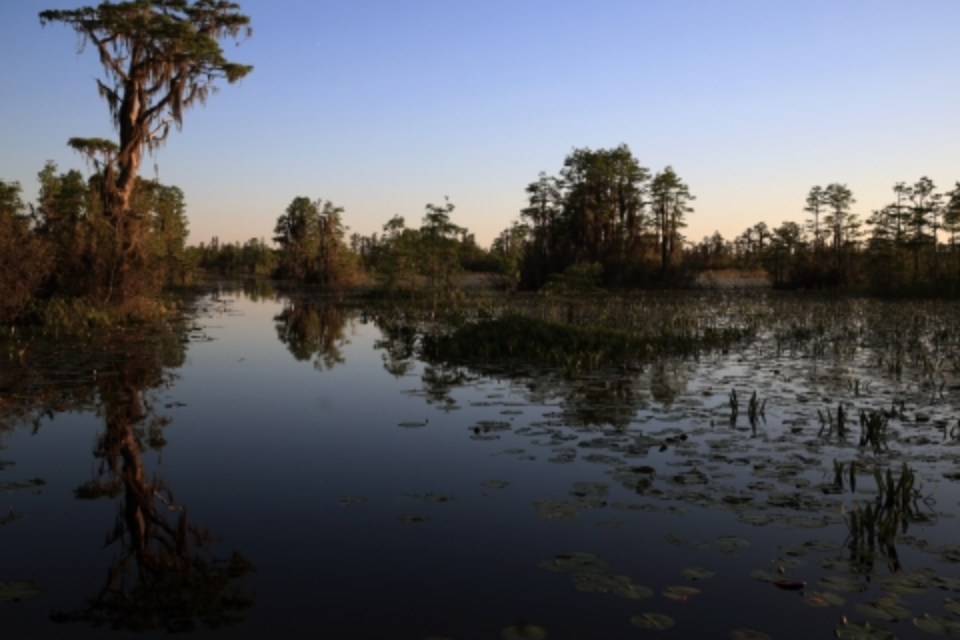The U.S. Fish and Wildlife Service will move forward with a plan to expand the Okefenokee National Wildlife Refuge the swamp's supporters hope will help sink a proposed titanium mine, the federal agency announced recently.
The planned expansion of about 22,000 acres got an enthusiastic reception during a 55-day public comment period. The agency received about 30,000 comments generally supportive of the proposal from all 50 states and 36 countries.
"The response received during the public comment period is a testament to just how special Okefenokee is, not just to our local community, but to people all over the nation and around the world," said Michael Lusk, the refuge's manager. "This minor expansion will help further conservation efforts for the swamp along with the threatened and endangered species that inhabit it."
Alabama-based Twin Pines Minerals (TPM) is seeking state permits to mine titanium dioxide on Trail Ridge, the Okefenokee’s eastern hydrologic boundary.
While company executives have said the project would not harm the swamp, scientific studies have concluded the proposed mine would significantly damage the largest blackwater swamp in North America by drawing down its water level and increasing the risk of drought and fires.
Josh Marks, president of Georgians for the Okefenokee, said expanding the refuge's boundary is a "critical development" in efforts to protect the Okefenokee from mining.
"As someone who fought DuPont's massive strip-mining proposal in the 1990s and helped add part of the DuPont property to the refuge, I know firsthand the vital role that land acquisition has and must play in safeguarding this world-class resource," Marks said.
"The spotlight now shines even brighter on Gov. (Brian) Kemp, who should deny the permits for TPM's dangerous project along the swamp's southeastern edge, which will in turn incentivize TPM to follow DuPont's lead and donate or sell its property for conservation."
The Fish and Wildlife Service unveiled the planned expansion in October, which will allow the agency to negotiate with owners of the land who are willing to either sell their property to the federal government or establish a conservation easement.
Expanding the boundary will allow the agency to potentially offer such priority public uses as hunting, fishing, wildlife watching, and education to the refuge's more than 400,000 annual visitors, boosting a growing ecotourism economy in southeastern Georgia.
Friday's announcement follows last month's announcement that the refuge will be nominated to join UNESCO's World Heritage List. If designated, the refuge would join more than 1,200 cultural and natural sites around the world, including the Grand Canyon and the Great Wall of China.




